Given ongoing protracted humanitarian crises across the World, ESA has decided to extend the deadline for this ‘Announcement of Opportunities’ for an additional 6 months. All outline proposals must be submitted before the 28th of April 2023.
FUNDING OPPORTUNITY
According to the United Nations High Commissioner for Refugees (UNHCR), at the end of 2020, 82.4 million people worldwide were forcibly displaced due to persecution, conflict, violence, human rights violations, or events seriously disturbing public order.




